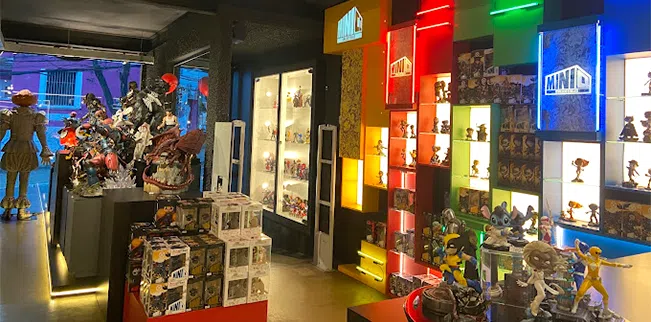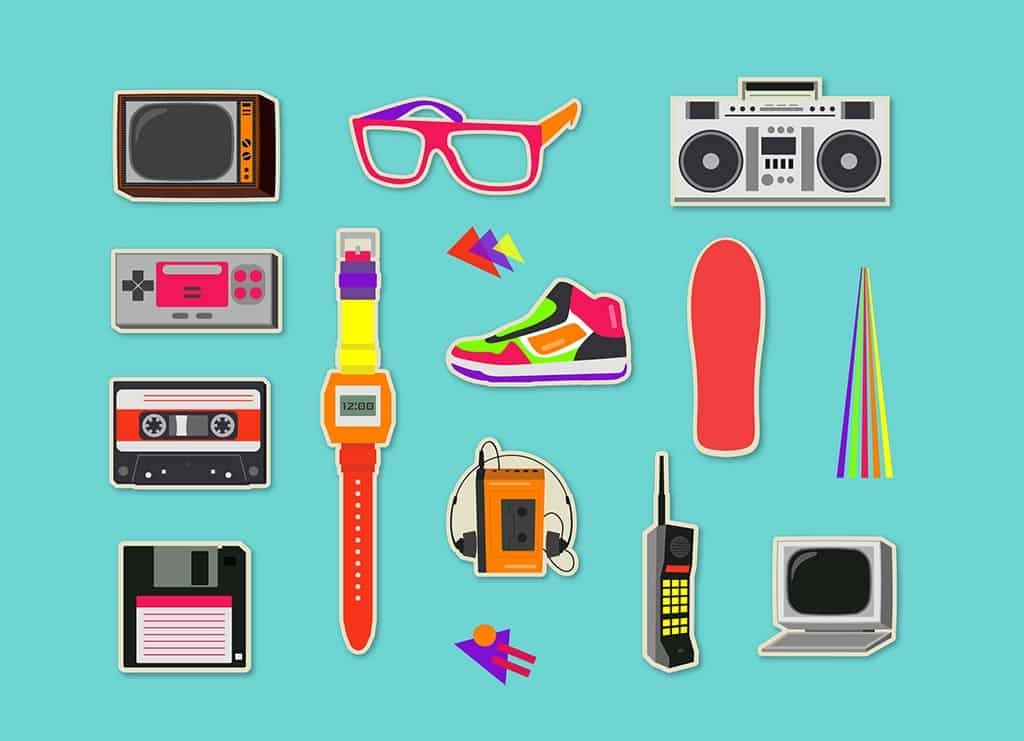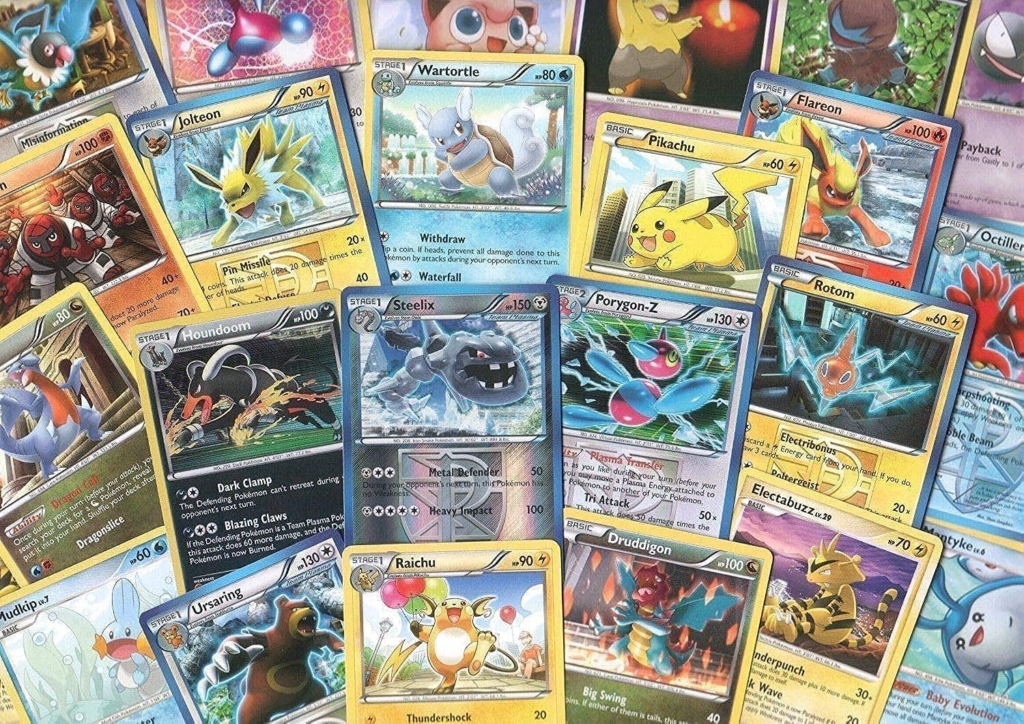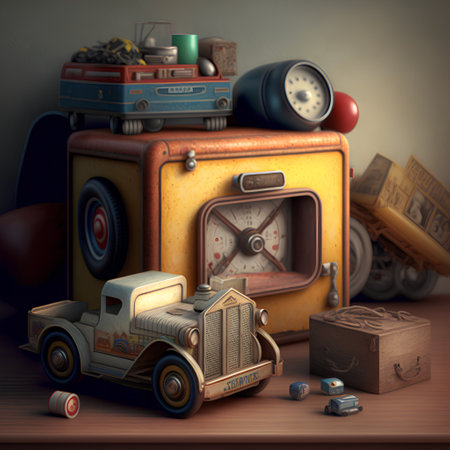Collectibles and limited editions hold a special place in the hearts of many, blending the allure of exclusivity with the sentimental pull of nostalgia. These items often evoke memories of cherished times, beloved characters, or iconic moments, creating a deep emotional connection that drives demand. By strategically leveraging nostalgia, brands can cultivate a loyal customer base, boost sales, and enhance their cultural relevance. This essay explores how nostalgia fuels the demand for collectibles and limited editions, examining the psychological mechanisms at play, the role of marketing, and the impact on both consumers and the industry.

The Psychology of Collectibles and Nostalgia
Emotional Connections
Nostalgia is a potent emotional trigger that connects individuals to their past, invoking feelings of comfort, happiness, and longing. Collectibles often serve as tangible reminders of these memories, making them highly desirable.
- Sentimental Value: Items associated with childhood or significant life events hold immense sentimental value. For example, action figures, trading cards, and memorabilia from beloved franchises can evoke powerful memories and emotions.
- Identity and Self-Continuity: Collecting items from the past helps individuals maintain a sense of identity and self-continuity, linking their present selves to their personal history and cultural heritage.
The Thrill of Exclusivity
Limited editions tap into the human desire for exclusivity and rarity. The knowledge that only a select few can own a particular item enhances its appeal.
- Scarcity Principle: According to the scarcity principle in psychology, items perceived as scarce or exclusive are valued more highly. Limited editions, by their nature, create a sense of urgency and exclusivity that drives demand.
- Social Status: Owning rare or exclusive items can confer social status and prestige. Collectors often take pride in showcasing their limited-edition possessions, which serve as symbols of their dedication and taste.
Marketing Strategies Leveraging Nostalgia

Reimagining Classic Products
Brands frequently re-release classic products with a modern twist, appealing to both nostalgia and contemporary tastes.
- Reviving Iconic Designs: Companies like Nintendo and LEGO have successfully re-released iconic products, such as the NES Classic Edition and LEGO’s vintage sets, blending nostalgia with modern technology and design.
- Collaborations and Crossovers: Collaborations between nostalgic brands and modern franchises create unique products that appeal to a broad audience. For instance, the partnership between LEGO and “Stranger Things” resulted in a popular set that combines 1980s nostalgia with a contemporary hit series.
Limited-Time Offers and Special Editions
Limited-time offers and special editions create a sense of urgency, prompting consumers to act quickly to secure their desired items.
- Timed Releases: Brands like Funko Pop! regularly release limited-edition figures tied to specific events, such as Comic-Con, generating excitement and driving sales.
- Anniversary Editions: Celebrating significant milestones with special editions—such as the 50th anniversary of a popular franchise—can reignite interest and attract both longtime fans and new collectors.
Leveraging Pop Culture and Media
Nostalgic themes in pop culture and media serve as powerful marketing tools, reinforcing the appeal of collectibles and limited editions.
- Movie and TV Tie-Ins: Brands often release collectibles and limited editions in conjunction with new movies, TV shows, or reboots of classic franchises. This strategy capitalizes on the built-in fan base and the renewed interest generated by the media.
- Influencer and Celebrity Endorsements: Collaborations with influencers and celebrities who have nostalgic appeal can amplify marketing efforts. For example, a limited-edition sneaker line endorsed by a beloved 1990s athlete can attract fans of both the athlete and the era.
Case Studies of Successful Nostalgia-Driven Collectibles

Pokémon Trading Cards
The resurgence of Pokémon trading cards exemplifies how nostalgia can drive demand for collectibles.
- Historical Context: Pokémon cards became a cultural phenomenon in the late 1990s and early 2000s, capturing the imaginations of children worldwide.
- Modern Resurgence: In recent years, the demand for Pokémon cards has surged, driven by nostalgia and the influence of social media and online communities. Rare cards fetch high prices at auctions, and new releases often sell out quickly.
Star Wars Merchandise
Star Wars merchandise has consistently leveraged nostalgia to maintain its status as a top collectible brand.
- Legacy of the Franchise: Since its debut in 1977, Star Wars has built a multigenerational fan base. Collectibles from the original trilogy, prequels, and sequels all hold nostalgic value.
- Limited Editions and Exclusives: The Star Wars franchise regularly releases limited-edition merchandise, from action figures to high-end collectibles like replica lightsabers and helmets, keeping the brand fresh and desirable.
Funko Pop! Figures
Funko Pop! figures have become a cultural phenomenon by tapping into nostalgia across various fandoms.
- Wide Range of Licenses: Funko Pop! collaborates with numerous franchises, including classic TV shows, movies, and video games, appealing to a broad audience.
- Special Editions: Funko regularly releases exclusive figures, including glow-in-the-dark variants, flocked versions, and event-specific exclusives, creating a dynamic and collectible market.
The Impact of Nostalgia-Driven Collectibles on Consumers

Emotional Satisfaction
Collecting nostalgic items provides emotional satisfaction, helping individuals reconnect with their past and relive cherished memories.
- Stress Relief: Engaging in nostalgic activities, such as collecting, can serve as a form of stress relief, offering comfort and a sense of escape from daily pressures.
- Community and Social Interaction: Collecting fosters social interaction and community building. Online forums, social media groups, and collector conventions provide platforms for enthusiasts to connect, share experiences, and trade items.
Financial Investment
Nostalgia-driven collectibles can also be viewed as financial investments, with rare items appreciating in value over time.
- Market Trends: The value of collectibles can fluctuate based on market trends, cultural relevance, and rarity. Items from iconic franchises like Pokémon and Star Wars often see significant value increases.
- Investment Potential: Savvy collectors recognize the investment potential of rare and limited-edition items, sometimes purchasing multiple units to resell at a higher price in the future.
The Industry’s Adaptation to Nostalgia Demand
Diversifying Product Lines
Companies adapt to the growing demand for nostalgia-driven products by diversifying their offerings and expanding their product lines.
- Cross-Generational Appeal: Brands create products that appeal to both older consumers who remember the originals and younger audiences discovering them for the first time. This strategy broadens the market and increases sales potential.
- Innovative Packaging and Design: Nostalgic packaging and design play a crucial role in attracting consumers. Retro-inspired packaging and designs that evoke past eras can enhance the appeal of collectibles and limited editions.
Digital and Virtual Collectibles
The rise of digital and virtual collectibles represents a new frontier for nostalgia-driven demand.
- NFTs and Blockchain: Non-fungible tokens (NFTs) and blockchain technology enable the creation and trading of digital collectibles, offering a new way to engage with nostalgic content. Digital collectibles from classic franchises, such as limited-edition digital art or virtual trading cards, have gained popularity.
- Augmented Reality (AR) and Virtual Reality (VR): AR and VR technologies allow for immersive nostalgic experiences. For example, virtual museums showcasing iconic memorabilia or AR-enhanced collectibles that bring items to life in new ways.
Future Trends in Nostalgia-Driven Collectibles
Personalized Collectibles
Advances in technology enable the creation of personalized collectibles, offering unique and tailored experiences for consumers.
- Customization: Brands can offer customizable options for collectibles, allowing consumers to add personal touches, such as names, dates, or specific features.
- Interactive Features: Integrating interactive elements, such as app-based functionalities or augmented reality experiences, can enhance the appeal and engagement of nostalgic collectibles.
Sustainable and Ethical Practices
As consumer awareness of environmental and ethical issues grows, brands must adapt by adopting sustainable and ethical practices in producing and marketing nostalgic collectibles.
- Eco-Friendly Materials: Using recycled or sustainable materials in the production of collectibles can attract environmentally conscious consumers.
- Ethical Sourcing: Ensuring ethical sourcing and fair labor practices in the manufacturing process can enhance brand reputation and appeal to socially responsible consumers.
Expanding Global Influence
Globalization and the increasing interconnectedness of cultures will shape the future of nostalgia-driven collectibles.
- Cultural Diversity: Incorporating diverse cultural influences into nostalgic products can broaden their appeal and resonate with a wider audience.
- International Collaborations: Brands can collaborate with international franchises and creators to produce unique and culturally rich collectibles that appeal to global markets.
Conclusion
Nostalgia-driven collectibles and limited editions hold a unique and powerful place in the world of pop culture and consumer behavior. By leveraging the emotional connections and exclusivity associated with nostalgia, brands can create highly desirable products that resonate deeply with consumers. As technology and cultural dynamics continue to evolve, the demand for nostalgic collectibles will likely remain strong, driven by the timeless appeal of cherished memories and the thrill of owning exclusive items.
For consumers, these collectibles offer more than just material value; they provide a means of connecting with their past, expressing their identity, and engaging with a community of like-minded enthusiasts. For the industry, the challenge will be to innovate while maintaining authenticity, ensuring that nostalgic products continue to delight and inspire future generations.
As we look to the future, the role of nostalgia in shaping consumer demand and cultural trends will undoubtedly expand, influenced by technological advancements, global influences, and changing societal values. Whether through personalized and interactive collectibles, sustainable practices, or the integration of digital and virtual elements, the world of nostalgia-driven collectibles will continue to evolve, offering new and exciting ways for individuals to celebrate and cherish their favorite memories
Stay tuned. for more updates only on QAWire
